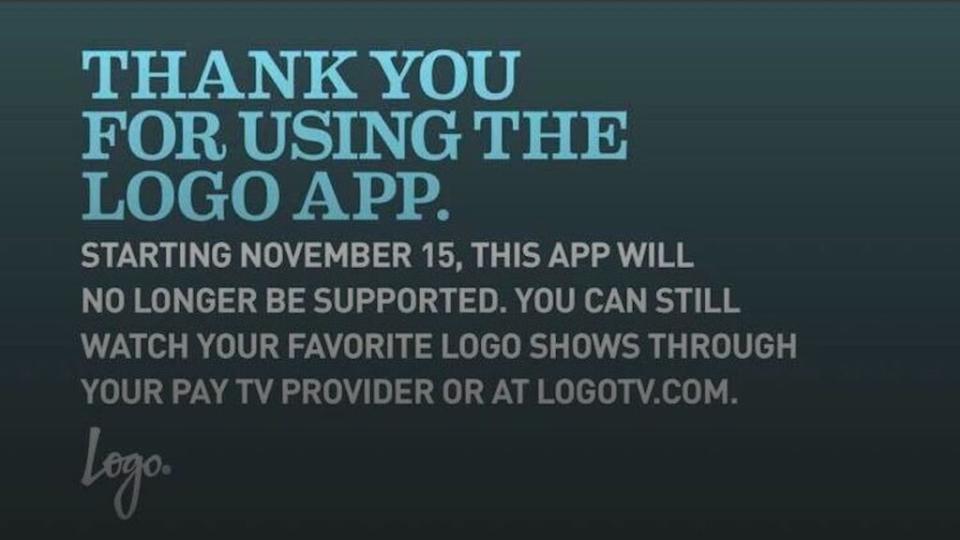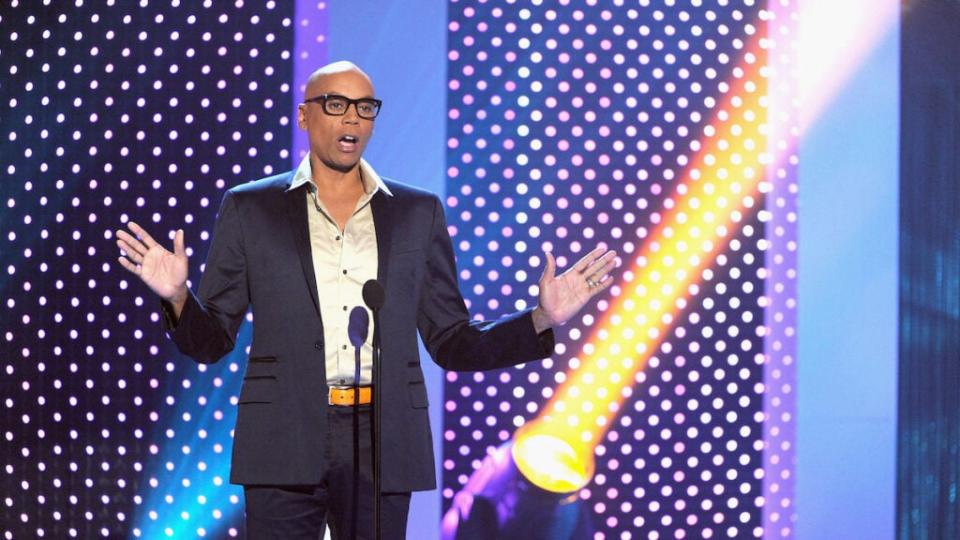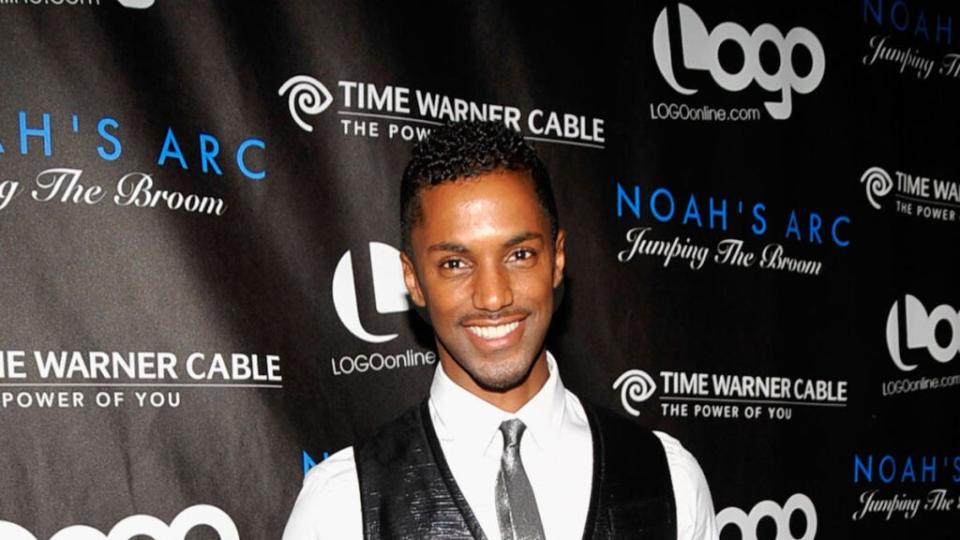RIP Logo? Inside the Slow Death of Paramount’s LGBTQ Brand
Paramount has all but given up on Logo, a once-groundbreaking experiment in commercial media for LGBTQ audiences, insiders told TheWrap, confirming something that’s been obvious to anyone who bothered to tune into the creatively moribund cable channel.
It’s been a slow death, starting with the loss of the channel’s signature show, “RuPaul’s Drag Race,” first to sister channel VH1 in 2017, then this year to MTV. A “federation” of websites has faded away, with the leading NewNowNext property redirected to logotv.com. The Logo brand didn’t make the jump to Paramount+, though a handful of Logo-born shows like the “Drag Race: All Stars” spin-offs now stream there.
The channel’s once-robust push for original programming ceased ages ago and layoffs have left Paramount’s LGBTQ channel gutted, with “just about no full-time employees,” one insider told TheWrap and two other individuals with knowledge confirmed.
Also Read:
Paramount’s $1.5 Billion Write-Down Is the Bill for Peak TV Coming Due | Analysis
The decrepit state of Logo, once touted by its parent company as a trailblazing effort to cater to a diverse and underserved audience, illustrates the hard choices media companies face as linear TV continues to decline. Paramount has promised Wall Street that it will staunch its streaming losses next year, leaving little room to invest in a second-tier cable channel.
As MTV picked up “Drag Race” and “The Real Friends of WeHo,” shows that are a natural fit for Logo, the mainstreaming of LGBTQ content is just one more factor working against the channel. But most of Logo’s former slate of original programs, which ranged from “Noah’s Arc” to “Finding Prince Charming” to “The Big Gay Sketch Show,” didn’t make the leap to the bigger audiences of MTV or Paramount+.

In a final digital brush-off, Paramount appears to have discontinued Logo’s mobile app in November, leaving logotv.com as the only way to stream Logo’s archive.
TheWrap spoke to three former Logo executives and other insiders, all on the condition of anonymity, to unravel the internal and external pressures that led to Logo’s present state. Paramount declined to comment.
Also Read:
MTV Entertainment Studios, Showtime Teams Merge With 4 Execs Departing as Consolidation Looms
How tech created — and doomed — Logo
A technological advance helped give birth to Logo nearly two decades ago: Eager to fill the territory offered by then-new digital cable providers, the MTV Networks Digital Suite offered 13 channels ranging from Nicktoons to MTV and VH1 spinoffs. One of those, VH1 Mega Hits, died so Logo could live.
For a time, the channel explosion worked as audiences shifted over from broadcast networks. In 2009, several basic cable channels saw double-digit audience growth. Logo’s reach grew from 10 million homes at launch to 46 million by 2010.
For a while, “Drag Race” proved transformative for Logo, giving the channel the kind of tentpole program that a network needs to stand out even today. But its reach was limited, since not all cable providers included Logo in the basic cable package — a legacy of its birth as a digital-cable extra.
As streaming started to erode the basic cable audience, Logo faced a rough road. In 2017, Paramount — then known as Viacom — moved “Drag Race” to VH1. It boosted ratings for the show, with the network’s wider reach, and helped the show win a string of Emmys. The move also had to please its star, RuPaul, who had previously hosted an edgy, pioneering talk show on VH1 in the 1990s.
“I knew that Paramount thought Logo was dead and the writing was on the wall” with the move to VH1, one former Logo executive told TheWrap.
The channel’s current programming includes encore episodes of “Drag Race” and a couple of seasonal digital-first series such as “Spill.” But most of its hours are filled by blocks of sitcom marathons. Marathons of “The Nanny,” “Will & Grace” and “Bewitched” aren’t exactly the kind of programming promised when Logo first launched, but they’re cheaper than paying for original programs that likely won’t move the needle on Paramount+ subscriptions.
“Beyond just the media landscape evolving which gave way to the rise of streaming and loss of cable subscriptions, Logo from the jump was challenged because it had a cap of roughly 40 million subscribers and the sheer number of gays and lesbians even available to capture as subscribers was never going to be enough to sustain the channel,” the former executive added.

A rocky birth
Some insiders believe Logo was doomed from the start. The 2004 controversy over Janet Jackson’s nipple-exposing “wardrobe malfunction” on CBS made its parent company nervous about launching a network whose content would by definition test boundaries. Yet there was an eagerness for representation: Republican President George W. Bush had just won reelection in part by endorsing a constitutional ban on same-sex marriage. Logo’s launch generated buzz.
The pitch for the cable network was bold and progressive in theory and intention, but internally Logo’s culture was beset by hesitancy from higher-ups to push the envelope.
“The executives picked to launch the channel shared one thing in common: They were all gay or lesbian, but strategically they weren’t aligned on some of the most crucial decisions that would ultimately make or break the channel,” another former Logo executive told TheWrap. “But what went on behind the scenes and in the offices of Logo was way more interesting than anything they ever put on the air.”
During its early years, Logo was too small and new to get formal ratings, but executives gleaned from buzz and online feedback that “Noah’s Arc,” touted by some fans as a Black, male “Sex and the City,” was an early hit. A spin-off movie, “Noah’s Arc: Jumping the Broom” drew surprisingly strong per-screen box office in a limited release.

As it struggled to find more hits, Logo suffered from repeated identity crises. In 2012, a programming slate without any gay leads prompted LGBTQ culture site Queerty to ask if the network was “going straight.”
In 2015, then-Logo chief Chris McCarthy, who now oversees all entertainment and youth brands for Paramount Media Networks, told TheWrap that was a mistake: “I’m happy to say that today we’re back in that space and that’s where we should be.” A pair of determinedly gay-themed series introduced that year, “Cucumber” and “Banana,” punctuated that point.
Yet that revival, a decade into Logo’s life, and the soaring success of “RuPaul’s Drag Race” may have been a high point for the network.
Also Read:
‘RuPaul’s Drag Race’ Jumps From VH1 to MTV as Brand Expands to Brazil, Germany and Mexico
Logo’s attempt at a gay “Bachelor” series, “Finding Prince Charming” debuted in 2016. It was initially renewed for a second season after drawing strong ratings with “Drag Race: All Stars” as a lead-in. The second season never materialized, though, after the first-season lead, Robert Sepulveda, Jr., was revealed to have worked as a male escort. Contestants told TheWrap they believed producers were aware of Sepulveda’s background.
Whatever the reasons, by 2017, Logo had lost “Drag Race” and “Finding Prince Charming.” In 2018, “All Stars” also moved to VH1. Paramount’s taking good care of RuPaul, though: Out of drag, he appears on CBS, hosting the game show “Lingo.”
Also Read:
‘The L-Word: Generation Q’ Canceled After 3 Seasons, Possible Reboot of Original Series in the Works
Logo’s streaming future
With no mobile or smart TV app, Logo doesn’t seem to have much of a stake in the fast-changing media landscape. It no longer rates a mention on a Paramount web page listing the company’s “global brands.” Once significant enough to Wall Street to be part of a broken-out reporting unit for Viacom, Logo got a single mention in Paramount’s 2022 annual report. Perhaps most damning, as reports swirl about a packaged sale of BET and VH1, no one seems to be talking about spinning off or selling Logo.
There’s one spot where the original vision of Logo seems to be living, an odd corner of the streaming universe. Paramount’s Pluto TV, a free, ad-supported streaming television service, has its own mirror-universe version of Logo. On cable, Fran and her mother argue over a fur coat as another “Nanny” episode aired. On the internet, Naomi Smalls and Trinity “The Tuck” Taylor strut across the runway in a rerun of “RuPaul’s Drag Race: All Stars.”
If one day the carriage contracts expire and Paramount decides to pull the digital-cable plug, maybe early-2000s nostalgia and the precise ad targeting possible with FAST networks will keep some version of Logo going. Until then, viewers are left with this strange, in-between media creature from the peak cable era: not quite living, not quite dead and more than a little embarrassing for everyone involved.
Editor’s note: TheWrap’s editor-at-large Joseph Kapsch freelanced for Logo in 2006.
Also Read:
How Vice, Vox and BuzzFeed Blew the Future of Media


